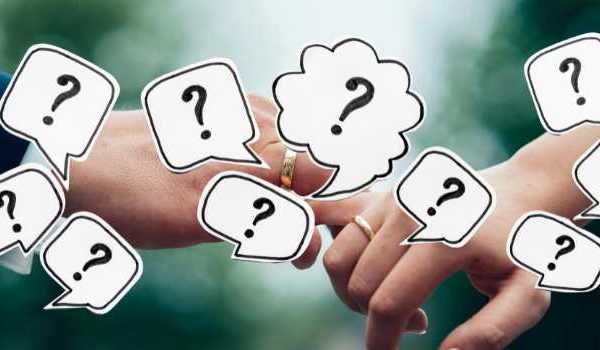Wedding rings have long held special symbolism for love and commitment. Their history stretches back centuries and across cultures, yet their meaning remains as relevant as ever for the modern couple. While the tradition of exchanging rings may seem like an immutable part of marriage ceremonies, its origins are far more complex – and fascinating – than many realize. From ancient Roman influences to modern market forces that shaped which hands they are worn on, the simple band encompasses a rich tapestry of evolution. In this post, we’ll delve into wedding rings’ diverse past and uncover the significance behind this iconic tradition that millions globally have participated in throughout the ages.
History of Wedding Rings
In ancient Egypt, couples used braided rings made of reeds or hemp to symbolize their commitment to one another. The rings may not have been made of precious metals or jewels, but they were just as meaningful. In Rome, iron rings were exchanged, representing strength and permanence. However, it wasn’t until the fourth century that rings were specifically used as a symbol of marriage. It was during this time that the circular shape we recognize today was adopted, representing eternity and endless love.
In the Middle Ages, wedding rings became more ornate, with gems and intricate designs on the band. Rings were often inscribed with romantic poems or the names of the bride and groom. By the Renaissance, diamonds were being used in wedding rings, as they were rare and expensive, symbolizing the value of the commitment between the couple.
During World War II, the popularity of wedding rings skyrocketed. Soldiers would often buy rings for their sweethearts before they left for the war, symbolizing their commitment and love. By the 1950s, Hollywood had popularized the idea of a diamond engagement ring, and wedding rings became even more ornate and expensive.
Today, wedding rings are as popular as ever. The classic gold band is still a popular choice, but rings are now available in a wide range of metals, including palladium, platinum, tungsten, and titanium. Diamonds are still the most popular stone for engagement rings, but other gems, such as sapphires, rubies, and emeralds, are also growing in popularity.
You may also like: 50 Short Love Quotes for Ring Engraving

Meaning of Wedding Rings
What makes wedding rings so special is not just their history but also their meaning. So, what do wedding rings represent? Wedding rings symbolize an eternal circle of love, loyalty, and commitment, which the couple promises to each other during their wedding ceremony. In many cultures, it is considered a binding, legal agreement. Wearing wedding rings signifies to the outside world that a person is committed to another in matrimony.
You may also like: 20 Powerful Good Night Prayers for My Husband
Final Thoughts
As you can see, the tradition of exchanging wedding rings is a beautiful and meaningful gesture that symbolizes unity and commitment. If you’re about to embark on the journey of marriage, take time to consider not only the importance of your potential ring’s design but also what it truly stands for—love, respect, and an eternal partnership. Eternity begins with a sparkly diamond or precious gemstone! So go ahead and show off your latest accessory proudly while knowing its deep-rooted history of commitment behind it. Friends who already own their rings can rejoice in knowing that they can share with others how special and priceless it is. This timeless tradition will undoubtedly be carried on from generation to generation. So, whatever your love story may be, there’s no better way to celebrate your unique bond than with the exchange of wedding rings!




